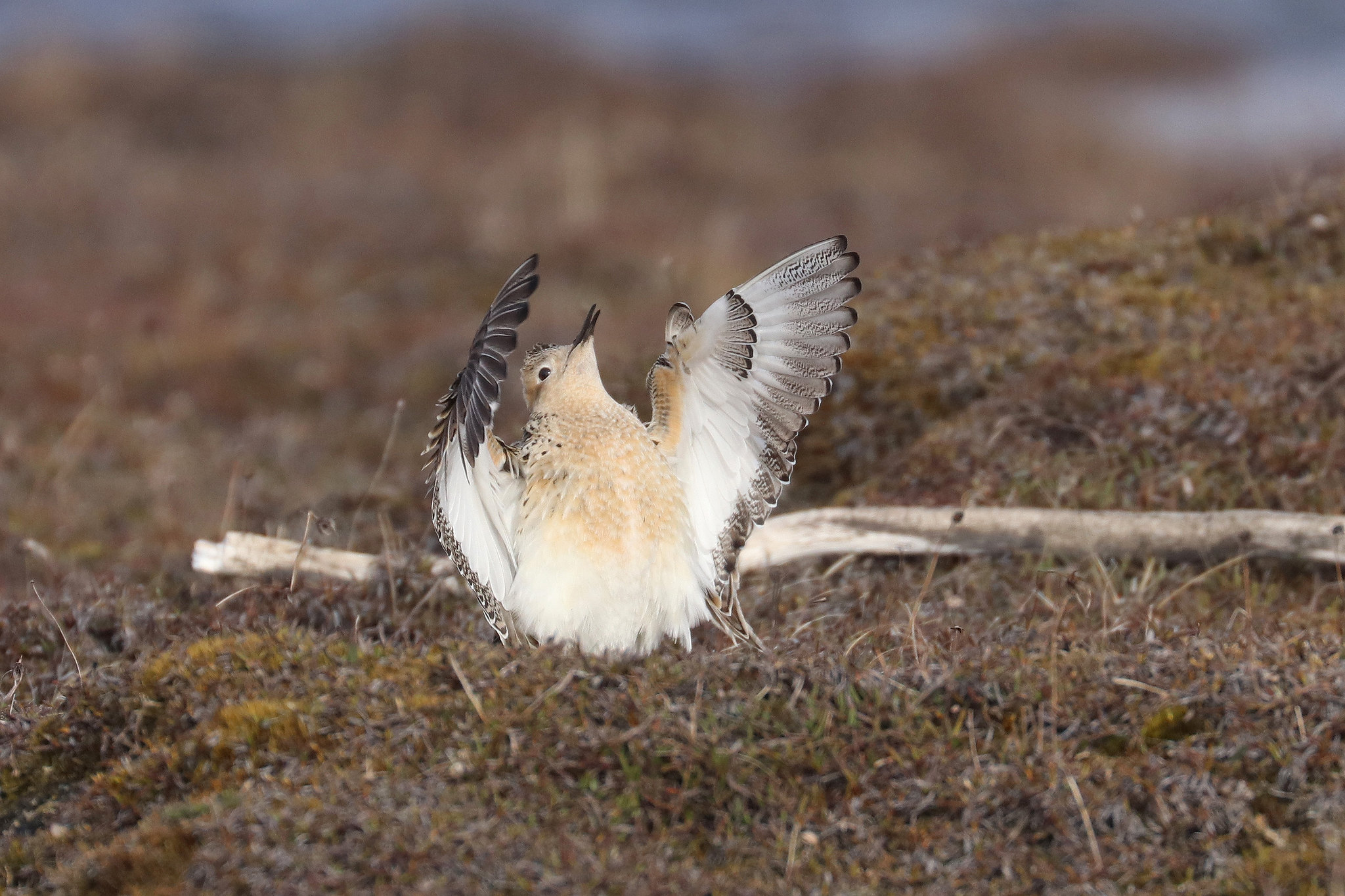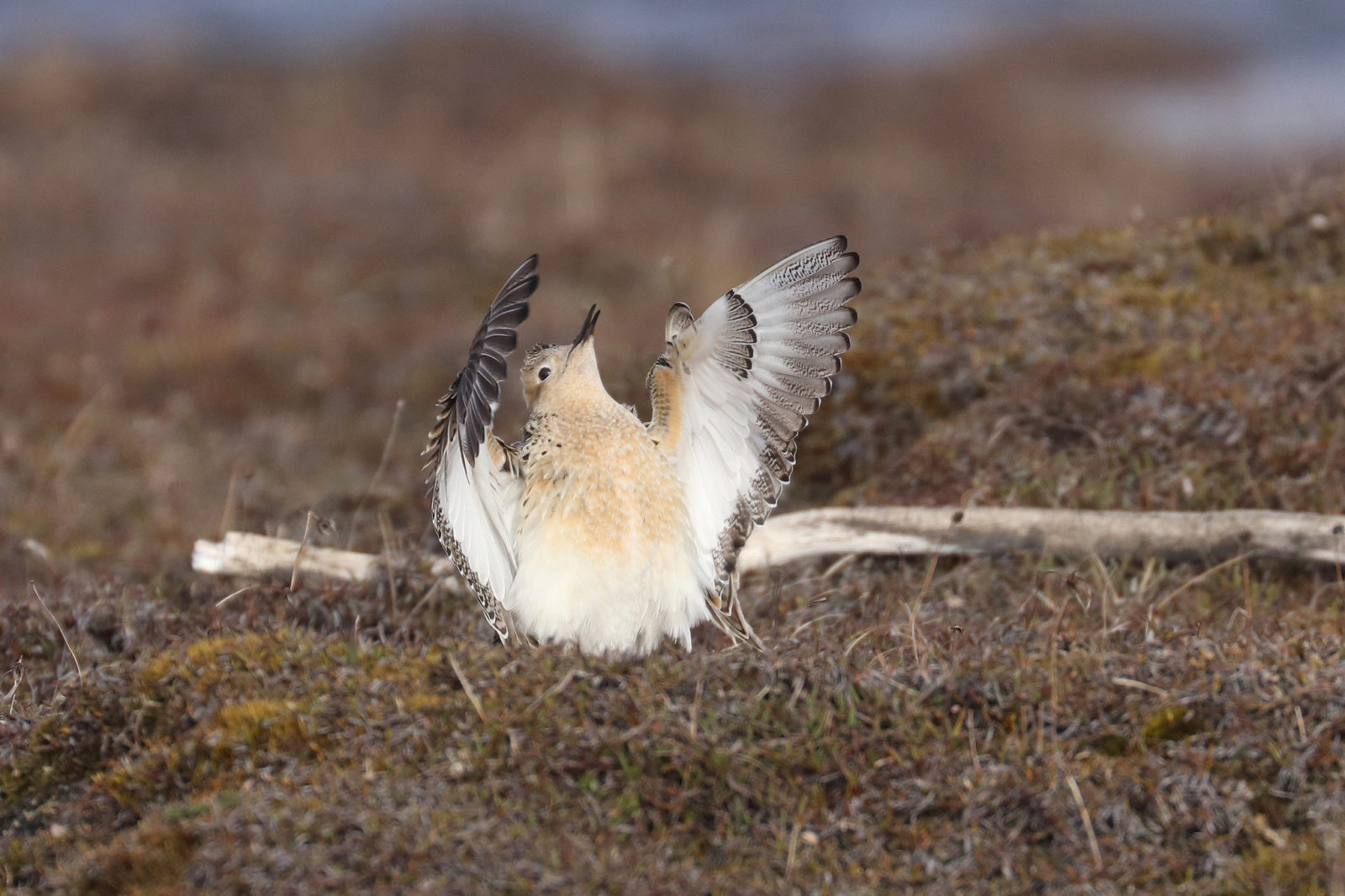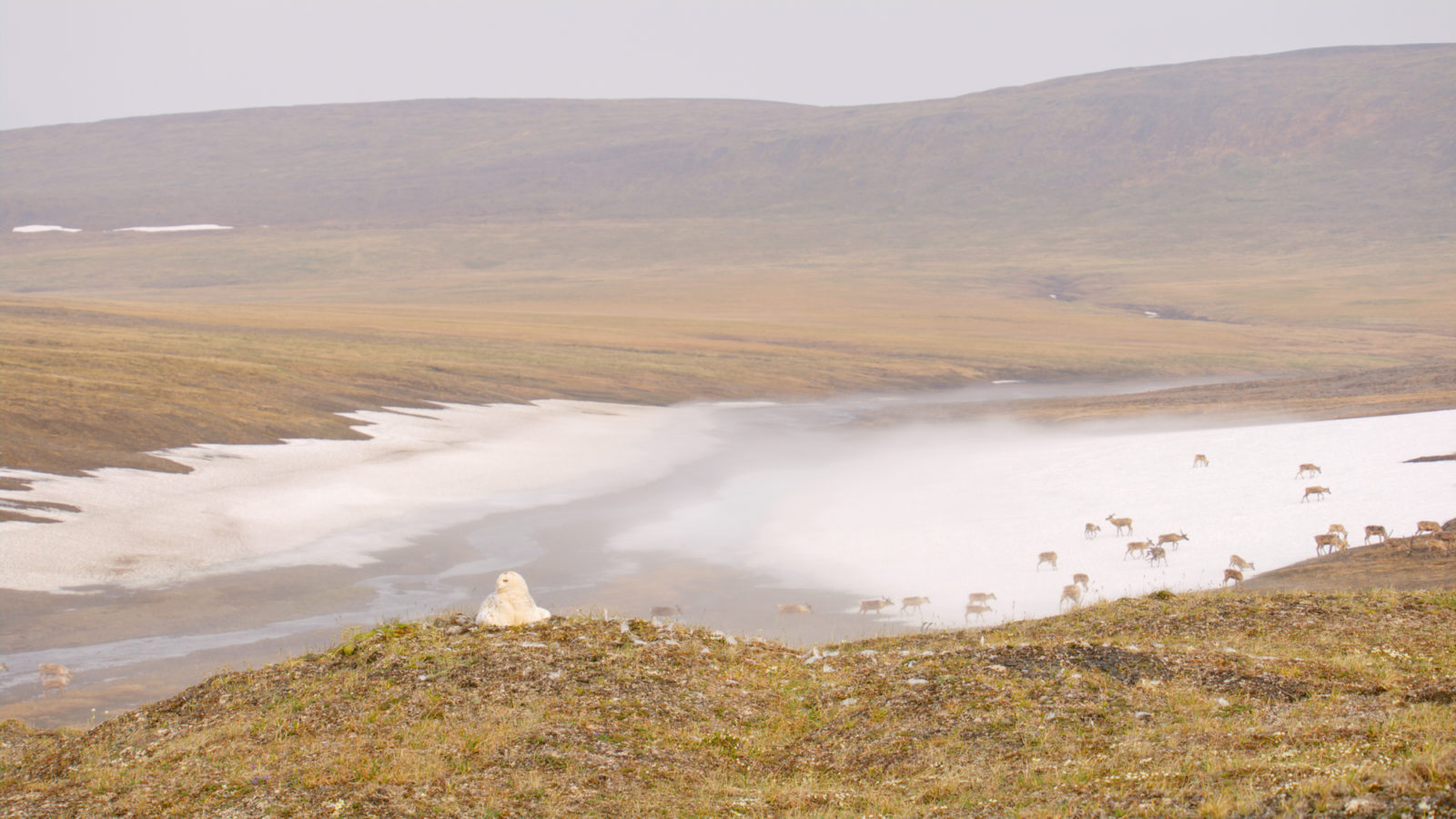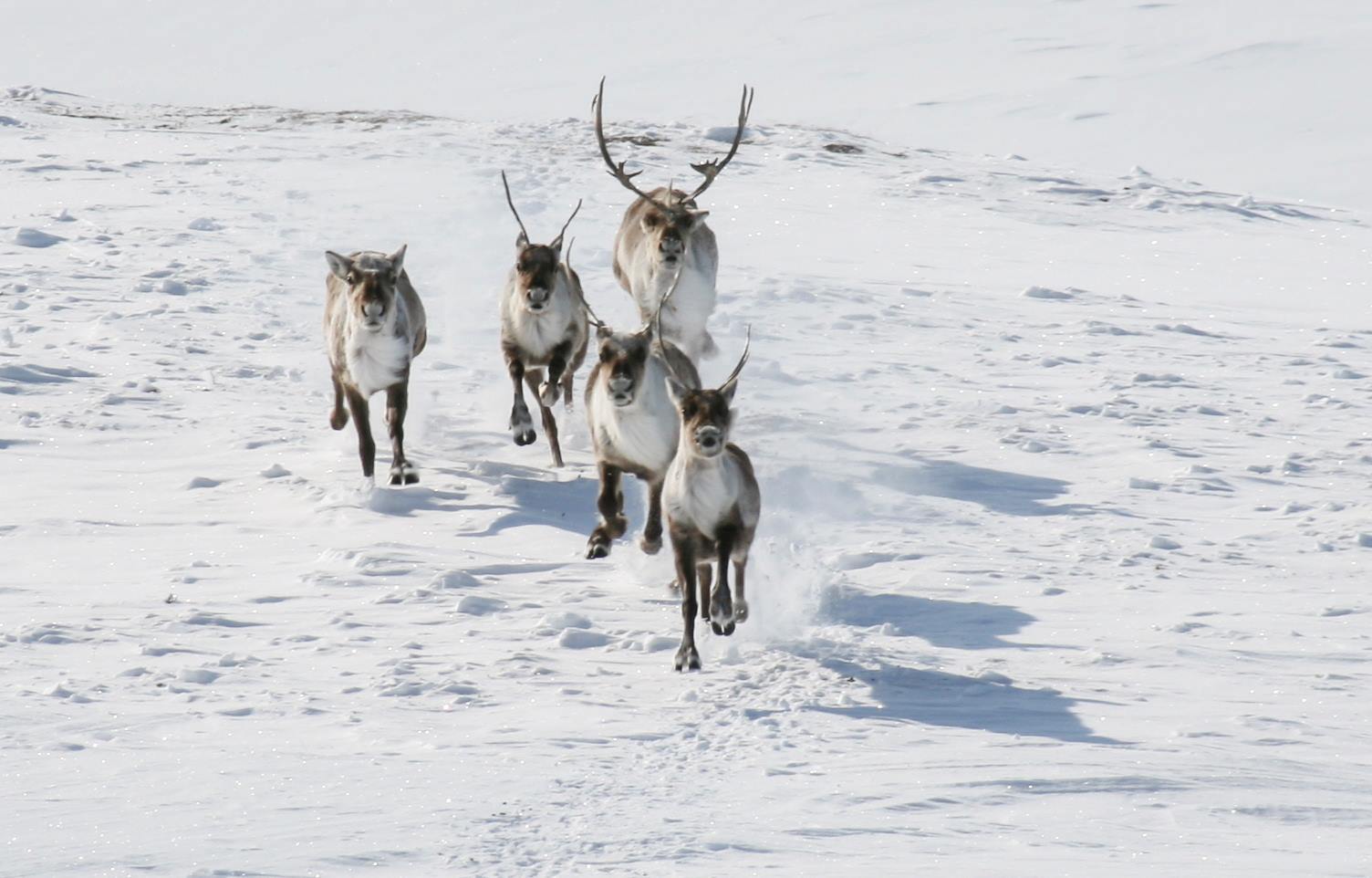
Do Interior’s latest actions mean the Arctic is finally protected? Not yet. The devil is in the details.
By Dawnell Smith
The Biden administration did several things earlier this month that could lead to enduring protections for the Arctic and potentially make meaningful headway on climate change. First, the Interior Department cancelled the last remaining oil leases stemming from the reckless Trump-era lease sale for the Arctic National Wildlife Refuge.

We took the Trump Administration to court in 2020, charging agencies with violating multiple laws when doing the environmental review and issuing its approval for the leasing program. The leasing program put the coastal plain of the Arctic Refuge on the auction block, despite the region being sacred and culturally, socially, and physically vital to the Gwich’in Nation of Alaska and Canada, and despite it nourishing abundant animal and plant life.
The Biden administration immediately suspended those leases in January 2021 due to legal problems with the leasing program. The state-owned Alaska Industrial Development and Export Authority (AIDEA) was one of only three entities to bid during the lease sale on Jan. 6, 2021. Of the three bidders, none of them were major oil companies and two have since pulled out and got refunds—leaving AIDEA holding the rotten potato.
Rather than seek a refund for its leases, AIDEA joined the State of Alaska in going to court to stop the suspension. We intervened in that case to defend the Interior Department’s authority to suspend leases and won in court in August when the judge determined that, yes, the Interior Secretary can temporarily pause oil and gas activities to address legal concerns.
The Secretary’s recent cancellation of those leases this month is heartening news and an important step in restoring protections. Not surprisingly, AIDEA and the State of Alaska have already said they will take Sec. Haaland and Interior to court.
With the cancellation of lease, the administration also issued a draft supplemental environmental impact statement for public comment. That new document attempts to correct legal flaws in the Trump-era environmental impact statement and approval.
While we will never support allowing oil and gas activities in the coastal plain, our job is to point out where the supplemental review fails to fix those legal problems and what more it needs to do to effectively protect the health of the region for local communities, animal species, and future generations.
We urge you to make yourself heard, too, by commenting directly to the agency or signing on to this commenting tool from the Alaska Wilderness League by Oct. 23. There’s also a virtual hearing on Sept. 22 that you can register for now and more in October, along with in person hearings in Alaska communities starting on Sept. 25. Find out the locations and dates of all community and virtual hearings here.
Here are some things you can share in comments and during hearings: Express opposition to any and all oil and gas activity on the coastal plain of the Arctic Refuge, a place sacred to the Gwich’in Nation and an area that the majority of Americans want to protect; ask the agency to close loopholes in the Arctic Refuge leasing plan that allow oil and gas companies to get around important protections; and ask the agency to acknowledge the food and cultural needs of the Gwich’in, as well as the significant harmful impacts of any oil and gas activity on polar bears and caribou.
Speak up for all of Alaska’s Arctic
On the same day as the Arctic Refuge announcement, the Biden administration also announced regulations that could potentially lead to lasting protections for the largest single unit of public land in the United States: the National Petroleum Reserve-Alaska.

Despite its name, the Reserve coupled with the Arctic Refuge provide an integrated, interconnected region of deep importance to local communities, animals like caribou, polar bears, Brant geese, sheefish, and many, many others, and plants and living systems who proliferate and nourish life. (We use “who” here intentionally.) The area is also a key holder of carbon; when left unscathed and unburdened by industrial devastation and extraction, the land and water of Alaska’s Arctic can continue to hold carbon and contribute to viable and healthy climate solutions.
If protected from industrialization and fossil fuel extraction, the area would continue to provide food and nourishment to local communities, play a vital role in addressing devastating climate impacts, and sustain the diversity of life necessary for human and ecosystem health for future generations.
The proposed rule announced this month would enshrine 13 million acres of already designated protected areas into the formal regulations. It would also put in place a process for adopting and expanding protected areas through an agency review and public input period every five years, and encourage co-stewardship with Tribes in these protected areas.
These regulations state up front that they do not address existing leases and oil and gas operations, such as the recently approved ConocoPhillips Willow oil and gas project.
The rule does require the U.S. Bureau of Land Management to take steps to avoid adverse effects from oil and gas by setting conditions, delaying action, or denying proposals. It also requires the agency to adopt mitigation measures.
There is a 60-day comment period concerning these regulations that ends Nov. 7. We and our partners will be providing comments and encourage you to do so, too. You can comment directly to the agency or by signing on to this action tool from the Alaska Wilderness League.
Some key things to ask for include strengthened protections for the entire region and restrictions that prevent industrial activities, as well as support for the agency to secure and make clear the protections already in place while taking bold action to build more enduring protections for the region to ensure a sustainable, livable planet for generations to come.
About that devil…
There’s good reason to believe the oil industry will continue to employ its wealth and power to persist in pushing for drilling in Alaska’s Arctic.

The industry has for many decades denied climate change and produced and distributed disinformation to stop decision-making that would effectively advance the transition off fossil fuels. It has a massive lobbying arm with profound influence on lawmakers and political players. It funds pervasive marketing and public relations campaigns that push a narrative of our “need” for oil while also greenwashing its ongoing dominant role in destroying and polluting land and water important to local communities and animal life, causing the climate crisis, and evading any meaningful contribution to climate solutions.
Knowing industry pressure won’t ebb anytime soon, the devil is now in the details of how to make this month’s good news on lease cancellations and western Arctic protections into lasting good news for Alaska’s Arctic for generations to come.


